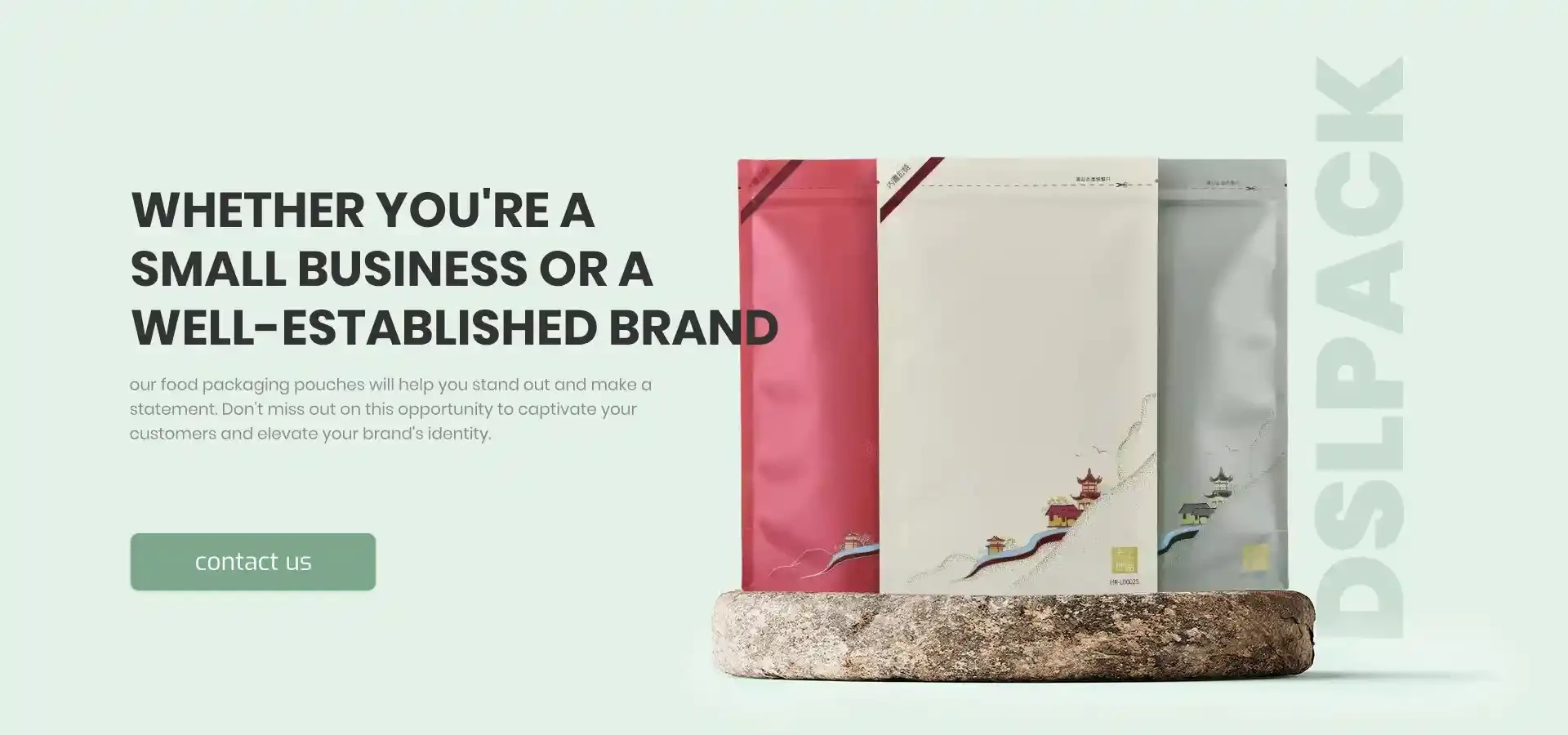what is rollstock
Understanding Rollstock A Key Component in Packaging
Rollstock is a term commonly used in the packaging industry, particularly in relation to flexible packaging solutions. This material plays a crucial role in various sectors, including food and beverage, pharmaceuticals, and consumer goods. But what exactly is rollstock, and why is it so important? This article aims to provide an overview of rollstock, its types, applications, and benefits.
What is Rollstock?
Rollstock refers to a type of packaging material that is produced in large rolls or reels. These rolls are made from various substrates, typically flexible materials like plastic films, paper, or foil. The appeal of rollstock lies in its versatility; manufacturers can use it to create a wide range of packaging formats, including bags, pouches, wrappers, and more. This makes it an essential element for companies looking to package their products efficiently and attractively.
Types of Rollstock
There are several types of rollstock available, each designed to meet specific requirements
1. Plastic Rollstock This is perhaps the most common type, typically made from materials like polyethylene, polypropylene, or polyester. Plastic rollstock is lightweight, moisture-resistant, and can be printed on, making it popular for food packaging, snack bags, and household products.
2. Paper Rollstock Eco-friendly and recyclable, paper rollstock is often used for products that require a more natural appearance. This type of rollstock is frequently seen in the packaging of bakery items, frozen foods, and organic products.
3. Foil Rollstock Known for its exceptional barrier properties, foil rollstock is excellent for packaging products that require protection from light, moisture, and oxygen. It is often used in the packaging of snacks, coffee, and pharmaceuticals.
Applications of Rollstock
Rollstock has a myriad of applications across different industries
what is rollstock

- Food and Beverage In the food sector, rollstock is used to create packaging that keeps products fresh and extends shelf life. For example, vacuum-sealed bags made from rollstock can preserve the flavor and texture of foods.
- Pharmaceuticals In the pharmaceutical industry, rollstock is utilized to package medications and supplements. Its ability to protect contents from contamination and degradation is vital for ensuring product safety and efficacy.
- Consumer Goods Many household products, such as detergents, cleaners, and personal care items, are also packaged using rollstock. The flexibility in design and the ability to incorporate branding elements make rollstock an attractive option for consumer goods packaging.
Benefits of Rollstock
The use of rollstock offers several advantages
1. Cost-Effectiveness Producing packaging in large rolls reduces manufacturing and material costs. This is particularly beneficial for high-volume productions.
2. Customization Rollstock can be custom printed and designed to meet specific branding needs. This allows companies to convey their message effectively while enhancing product visibility on store shelves.
3. Efficiency in Production Rollstock can be easily integrated into automated packaging systems, speeding up the packaging process and reducing labor costs.
4. Sustainability Many manufacturers are now developing rollstock made from recyclable or biodegradable materials, aligning with the growing consumer demand for environmentally-friendly packaging solutions.
Conclusion
In summary, rollstock is a fundamental component of modern packaging solutions that offers versatility, efficiency, and cost-effectiveness. Its diverse applications across various industries, coupled with the ability to customize and adapt to specific needs, make it an indispensable part of the packaging landscape. As businesses continue to seek innovative ways to package their products, rollstock will undoubtedly remain at the forefront of packaging technology, driving advancements that align with market trends and consumer preferences. Whether it's keeping our food fresh or ensuring the safety of medications, rollstock is a critical player in the packaging world.













